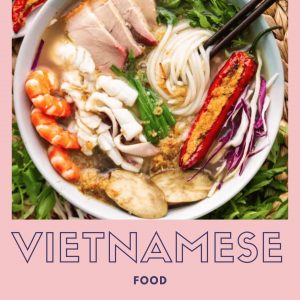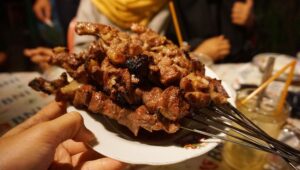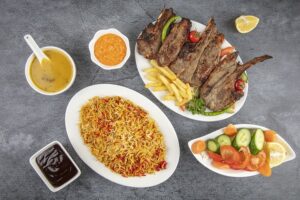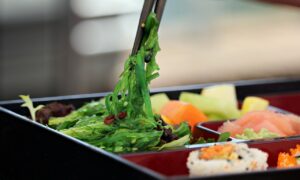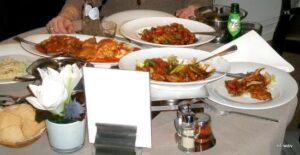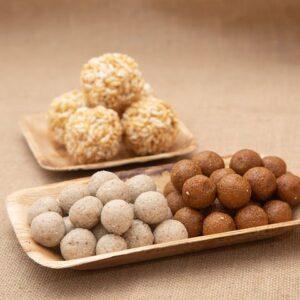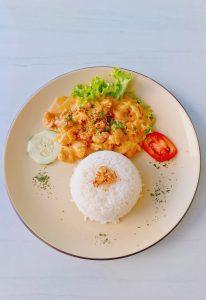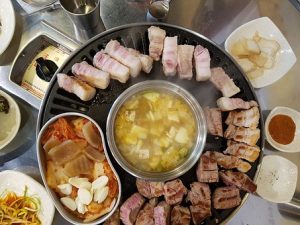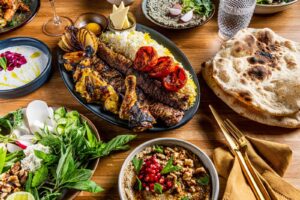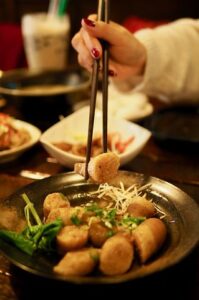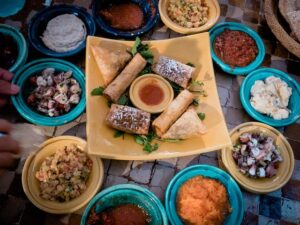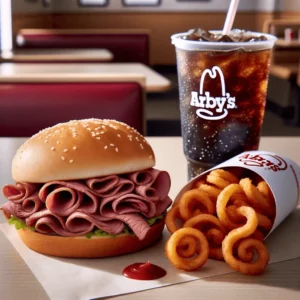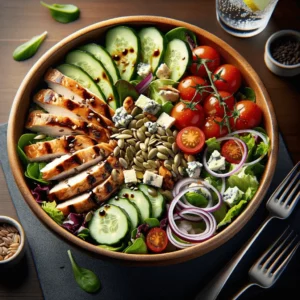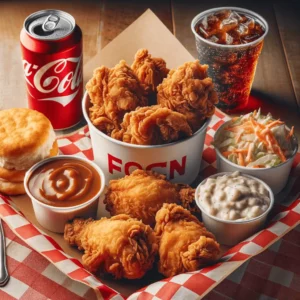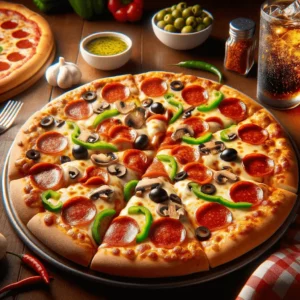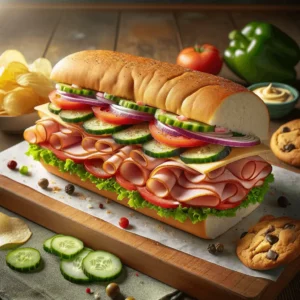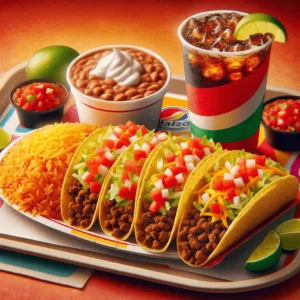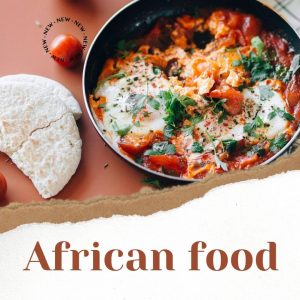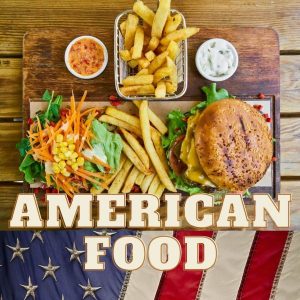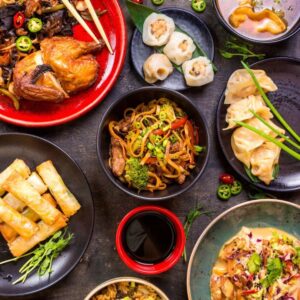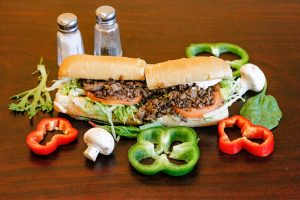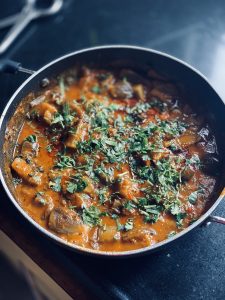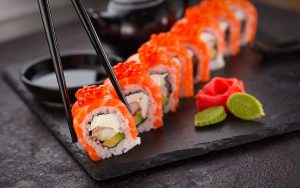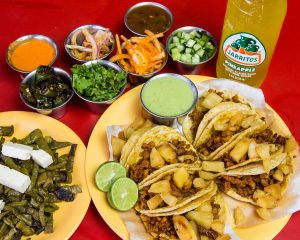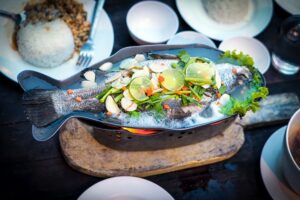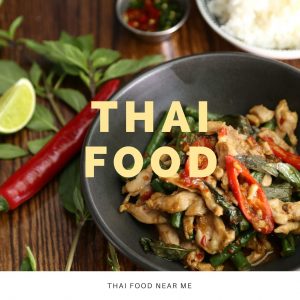Essence of the Mekong: Vietnamese Restaurants
Vietnamese restaurants invite diners into a world where age-old traditions meld with diverse flavors, providing an authentic and tantalizing culinary journey. Vietnam’s cuisine is a testament to its history, geography, and culture, with Chinese, French, and Southeast Asian influences leaving their indelible mark. These establishments offer an experience that extends beyond food; they are gateways to the heart of Vietnam – its bustling markets, serene paddy fields, and vibrant cities.
Freshness First
Spring Rolls (Gỏi Cuốn)
A symphony of crisp vegetables, herbs, and sometimes shrimp or pork, encased in translucent rice paper. Served with a tangy dipping sauce, this dish embodies the freshness inherent to Vietnamese cooking.
Pho
This iconic noodle soup, with its aromatic broth and rice noodles, can be found gracing breakfast tables across Vietnam. Accompanied by fresh herbs, lime, and chilies, diners can customize each spoonful to their liking.
Flavors of Vietnam
Bánh Mì
A nod to French influence, this sandwich combines crusty baguette with pickled vegetables, meats, and cilantro, doused with a spicy mayo or pâté, creating a burst of flavors in every bite.
Bún Chả
Grilled pork (often shredded) over vermicelli noodles, with nuts, fresh herbs, and fried shallots, this dish is a testament to Vietnam’s ability to balance textures and flavors.
From the Sea
Cá Kho Tộ
A caramelized fish dish, where fish is simmered in a pot with a sweet and salty sauce, highlighting the coastal bounty of Vietnam.
Chả Cá Lã Vọng
Grilled or fried fish seasoned with dill, turmeric, and other spices, usually served with peanuts and noodles. A specialty of Hanoi, it showcases the regional variations in Vietnamese cooking.
Conclusion
To dine in a Vietnamese restaurant is to immerse oneself in a culture rich in history and culinary traditions. Each dish, from the simplest rice plate to the most complex broth, narrates a story of its people, land, and legacy. Whether you’re slurping a bowl of pho or biting into a crunchy Bánh Mì, you’re experiencing a piece of Vietnam, and it’s a journey worth savoring.
FAQs
1. How spicy is Vietnamese cuisine?
While Vietnamese food is flavorful, it’s not inherently spicy. However, chilies and spicy condiments are often served on the side for those who prefer a kick.
2. What are common herbs used in Vietnamese cooking?
Mint, cilantro, lemongrass, basil, and dill are frequently used to impart freshness and aroma to dishes.
3. How prevalent are vegetarian dishes in Vietnamese restaurants?
Vietnamese cuisine offers a variety of vegetarian-friendly dishes, using tofu, mushrooms, and an array of vegetables. Many restaurants can cater to vegetarians upon request.
4. What is the significance of the “family meal” in Vietnamese culture?
The “family meal” is central to Vietnamese culture, signifying unity and love. It usually consists of a soup, a main dish, vegetables, and rice, shared among family members.
5. Are there regional differences in Vietnamese cuisine?
Absolutely! From the lighter, subtle flavors of the North to the spicy, complex profiles of the Central region and the sweeter, coconut-rich dishes of the South, Vietnam’s culinary landscape is diverse.

